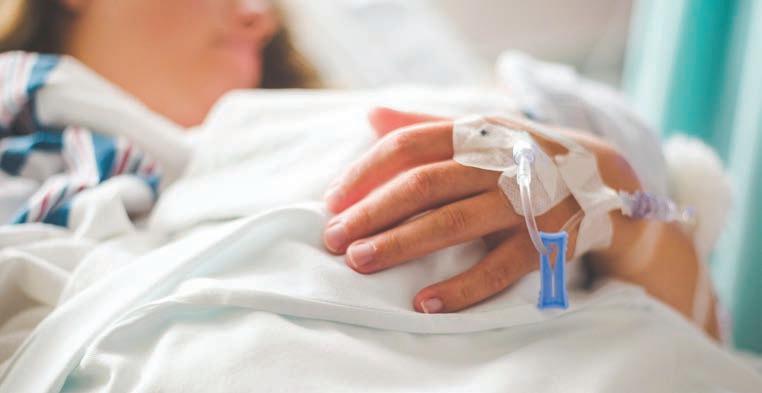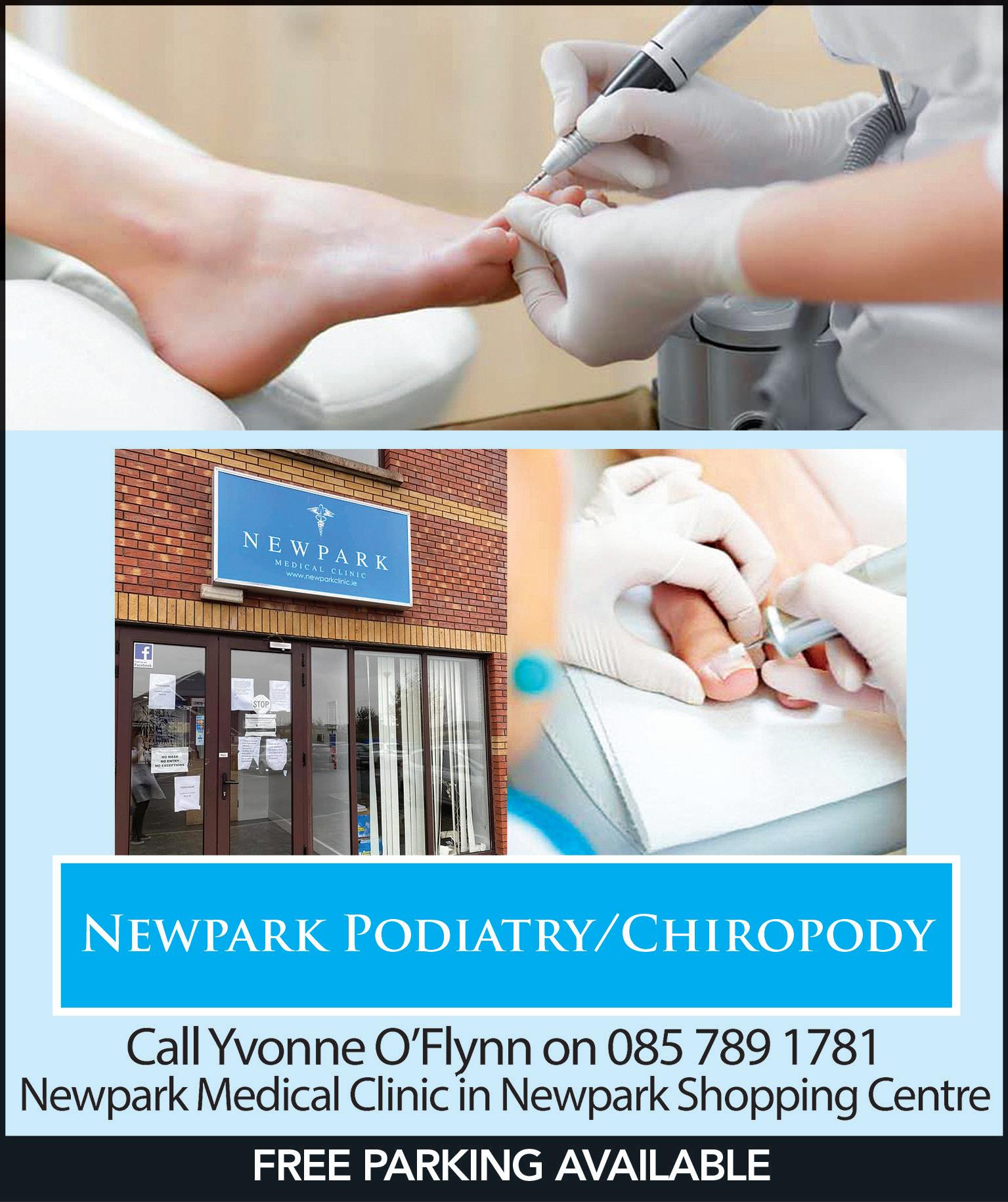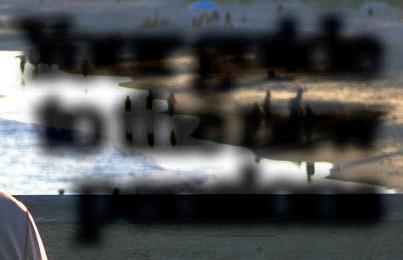
25 minute read
See
High blood pressure break
A 10-minute scan could allow the detection and cure of the most common cause of high blood pressure, a new study suggests.
Advertisement
Researchers used a new type of CT scan to light up tiny growths in a hormone gland and cure high blood pressure by their removal. High blood pressure is prevalent among pole aged over 4o in Ireland.
e nodules glow shortly after an injection is given and highlight an obvious cause for the condition.
According to the study, one in 20 people with high blood pressure have these growths.
Researchers said their ndings solve a 60-year problem of how to detect the growth that produces the steroid hormone aldosterone without a di cult procedure that is only available in a handful of hospitals, and often fails.
Morris Brown, co-senior author of the study and professor of endocrine hypertension at Queen Mary University of London, said in a statement: " ese aldosterone-producing nodules are very small and easily overlooked on a regular CT scan. "When they glow for a few minutes after our injection, they are revealed as the obvious cause of hypertension, which can often then be cured. "Until now, 99pc are never diagnosed because of the dif culty and unavailability of tests. Hopefully this is about to change.”
A total of 128 people took part in the study of the new scan after doctors found that their hypertension (high blood pressure) was caused by aldosterone. e scan found that in two-thirds of patients with increased levels of the hormone, this is coming from a benign growth in just one of the adrenal glands, which can then be safely removed. e scan uses a short-acting dose of a radioactive dye that only sticks to the nodule that produces the hormone.
Researchers suggest the scan was as accurate as the old catheter test, but quick, painless and technically successful in every patient. e research was published in Nature Medicine.
Ibec marks major new peace, prosperity era
As the Belfast/Good Friday Agreement (BGFA) nears its 25th anniversary, Ibec, the group that represents Irish business, has published a new report that spotlights the signi cant economic and social prosperity that the landmark agreement has delivered for both the island of Ireland and Britain.
Speaking at the publication of the report, Ibec CEO Danny McCoy said: “Since 1998, we have experienced record levels of investment right across the island of Ireland and Britain. is would simply not have occurred in such magnitude in the absence of peace supporting stability. "Such investment has delivered a prosperity that has seen millions of jobs created, hundreds of thousands of new businesses ourish, investment in formerly forgotten communities pour in, all of which has signi cantly enhanced overall living standards and quality of life for all.
“While this anniversary o ers opportunity to mark the prosperity achievements of the BGFA, it also a ords a timely opportunity for re ection and acknowledgement that we cannot a ord complacency. While much progress has been made, there remains much to be done to deliver full prosperity from the peace dividend. is is made even more signi cant in the post-Brexit landscape we nd ourselves in," he said.
“If we are to meaningfully mark the 25th anniversary of the agreement, it is imperative that leading political stakeholders work with the respective business communities to establish detailed, innovative and workable solutions needed to protect and build on the bene ts delivered by the allisland economy and ensure its future development is not hampered in any way.” Major changes to the State pension, described as the "biggest ever structural reform" of the system, were proposed in September and will be introduced this year.
Workers will be allowed to continue working until age 70 for a higher weekly payment. Under the new scheme, the rates are estimated at €253 a week at age 66; €266 at age 67; €281 at age 68; €297 at age 69; and €315 at age 70. Mark Reilly of pensions company Royal London said: "After some controversy and backlash, the Government has chosen not to increase the age at which people receive the State pension. "Instead, it has introduced some exibility as to when you can claim the bene t and how much you will be paid. " ese changes have the potential to radically change people's view on retirement and to prompt people to really consider when they might like to commence their retirement versus when it might be nancially feasible for them to do so."
Mr Reilly said its survey showed that, while women were more likely to opt for less money earlier, those aged 55 and over and nearing retirement are least likely to want to take their pension early (31%) compared to more than half (51%) of those aged between 25 and 34. "Perspective and goals change greatly as you move through life. e retirement you envisioned in your 20s and 30s might be very di erent to what you would like for yourself by the time you hit your 50s," he said.
More women would opt to take a lower pension before the age of 66 (45% versus 37%), while more men would like to be able to take a higher pension at a later date (27% versus 21%), the iReach poll for Royal London Ireland of 1,000 adults nationwide found.
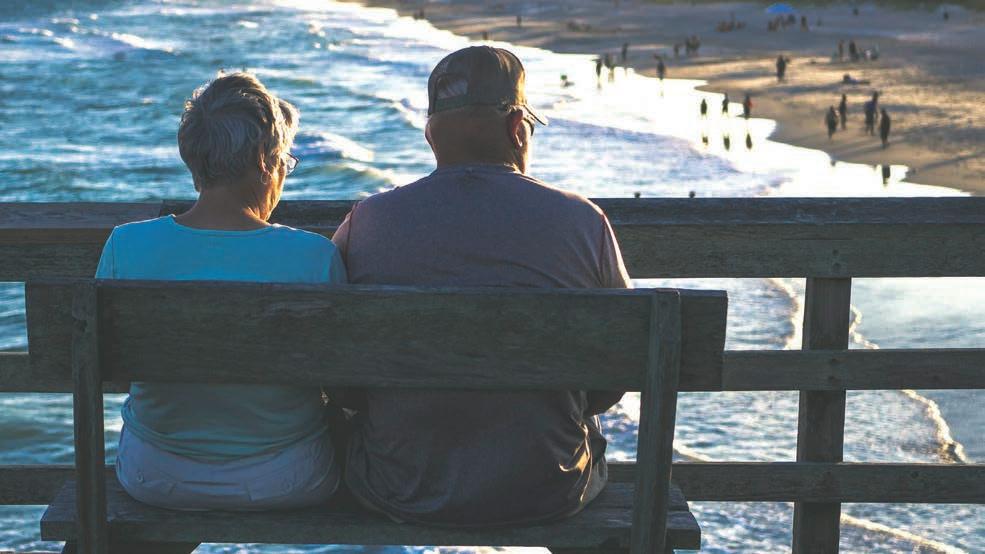
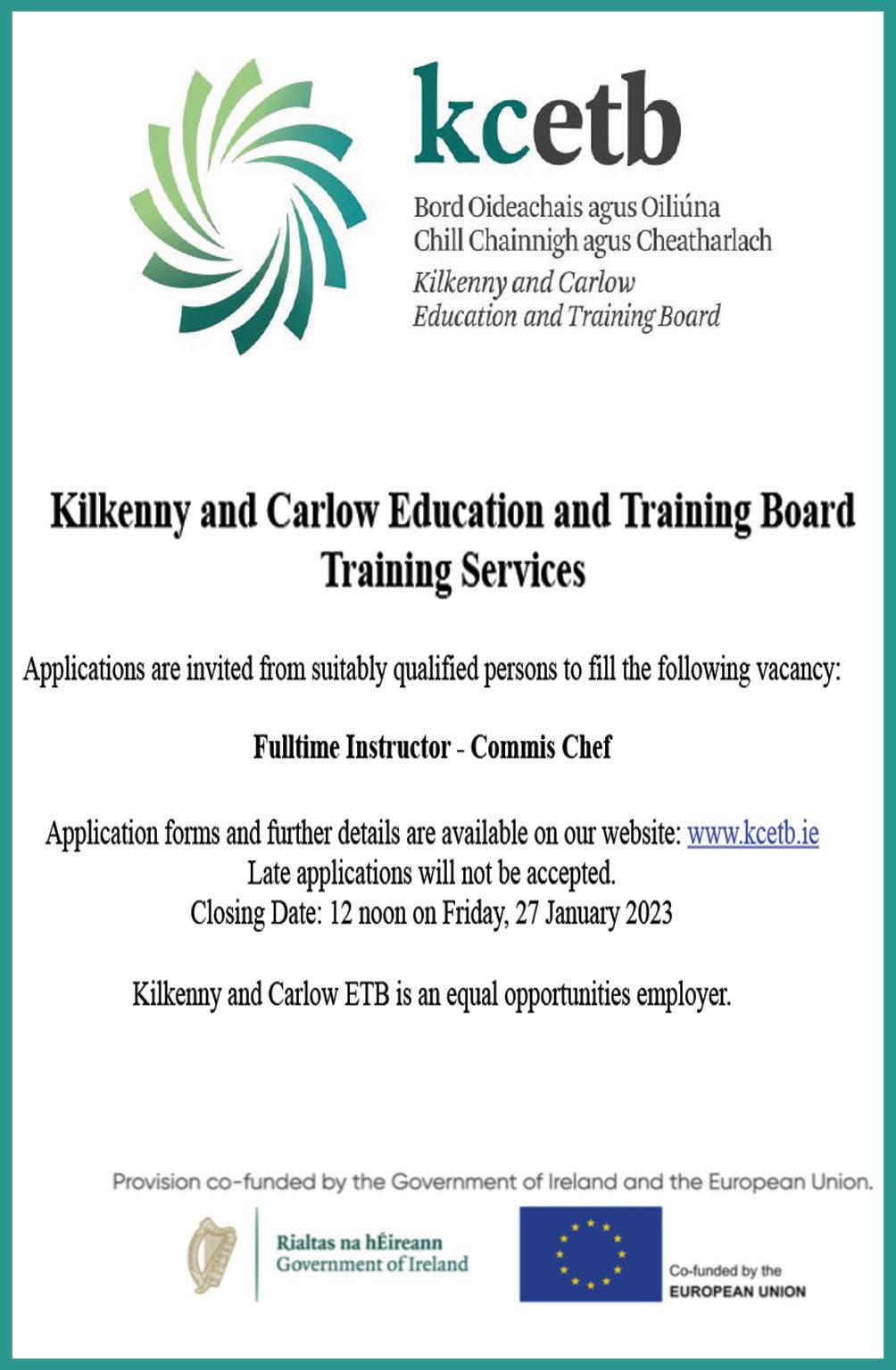
Your guide to the new pensions
Less meat, more plans for we Irish
Consumption of plant-based dairy and meat alternatives looks set to hit the mainstream in Ireland in 2023 as new research commissioned by Oatly, the world’s original and largest oat drink company, reveals one third of shoppers are buying more meat and dairy alternatives than they did three years ago. And the trend shows no sign of slowing down, with three out of ten adults planning to make even more plant-based swaps in 2023. e research, conducted by Opinions Research, surveyed more than 1,000 adults across Ireland on their diets, attitudes towards climate change and dairy and meat alternatives. Key ndings were: • e popularity of plantbased products is being driven by all age groups under 50, with 18–24 year-olds and 25–34 year-olds the most likely to consider swapping to plant-based alternatives (42% and 48% respectively). • More than three quarters (76%) of Irish adults are concerned about climate change, with one in four (25%) citing it as the top reason for shifting to meat and dairy alternatives. • 25% said they choose plantbased products because they want to cut back on red meat and/or dairy for their health. • e role food production plays in contributing to greenhouse gas emissions is widely underestimated, with just one in ten (13%) adults identifying that the global food system contributes more than a third of all greenhouse gas emissions (half of which comes from meat and dairy production). e report coincides with the launch of Oatly’s rst major brand campaign across Ireland, where its oat drink products can now be found in co ee shops and Tesco, Supervalu and Dunnes stores.


As I See It
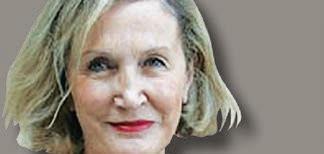
Marianne Heron Still, no cure for ongoing hospital ills

One thing that strikes me about the current screaming headlines over the crisis in the Health Service is that there is absolutely nothing new about this. e situation in our hospitals has been dysfunctional for years, particularly chaotic in emergency departments with long, distressful waits on trolleys before patients are admitted.
Being admitted to hospital via an emergency department can be horri c, as I found given my experiences a couple of years ago. ere was the agonising worry of bringing in a seriously ill husband for attention combined with the anxiety of not knowing what on earth was going to happen in this terra – should be terror – incognita. e waiting area the hospital was crowded with people in every kind of predicament: from writhing in unexplained agony to having fallen o a bicycle, all queueing on chairs for hours before being assessed by the triage system. Once inside the hospital it was like a war zone, crammed with beds and trollies bearing patients waiting attention from overstretched medical personnel. Once in there it didn’t take long to realise that the doctors, nurses and orderlies working there under extreme pressure in di cult circumstances were absolutely heroic.
Nor did it take long to realise either that, God help any patients, especially those unable to communicate e ectively if they didn’t have someone to advocate for them and ask for simple things like water, bedpan or some form of food as hours passed. Asking about the possibility of a bed, where the wait ran to days rather than hours, was like asking for a miracle at Knock, never mind getting information on a prognosis or any procedure required. At one point, if I hadn’t been there, my husband would have been be left forgotten in a wheelchair in a corridor for hours waiting to return to emergency after a procedure.
Insu cient beds and lack of sta get blamed frequently for the current crisis. Having more of both means throwing more money at the problem and I am not sure that would resolve the crisis. In the weeks visiting my husband as he recovered from a stroke (only tragically to be diagnosed with terminal lung cancer) poor management in the system became glaringly obvious.
And who manages the public health system? e HSE, a 100,000 strong in ated team with nearly four dozen di erent divisions, some with names like e National Quality Improvement Team or e Patient Safety Programme which sound as though they should be tasked with solving the crisis.
Causes of some of the bed bottlenecks were obvious. Beds were occupied by patients who simply should not have been there and there were many ways beds could have been freed up if the HSE had been running things ef ciently. ere were patients who could have been released to step-down nursing home facilities, patients in need of home care, supposing home care had been available through – guess who? – the HSE and patients who couldn’t return home and should have been placed in care homes.
Every day there were patients waiting for hours, sometimes into the afternoon to be discharged from hospital, taking up those precious beds, surely a situation which could have been managed better. Nursing sta often came from agencies, an expensive way to recruit sta since agency fees have to be paid on top of wages. And those were just the kind of problems any visitor could see, without any analysis of the deeper malaise in the system.
My insights are from four years ago. Since then the situation in the health service has worsened and the numbers employed in the HSE have swelled. e problems which I could see are still unresolved and quoted as being part of the bed scarcity problem as over-crowding reaches record levels. Hundreds of consultant roles are un lled, with a 44% increase in the number of doctors emigrating to Australia Now, nurses are threatening to strike over intolerable conditions.
And the new dawn of promised Slainte Care hasn’t materialised.
Rather than any acceptance of responsibility or attempt to reform the system, already overstretched medical sta have been asked to work weekends to resolve the worsening crisis exacerbated by winter virus, u and Covid. We have been told to stay away from hospitals and emergency departments.
No problem there: the latest poll reveals that 72% of us would only attend A&E if their life depended on it.
See also Page 14
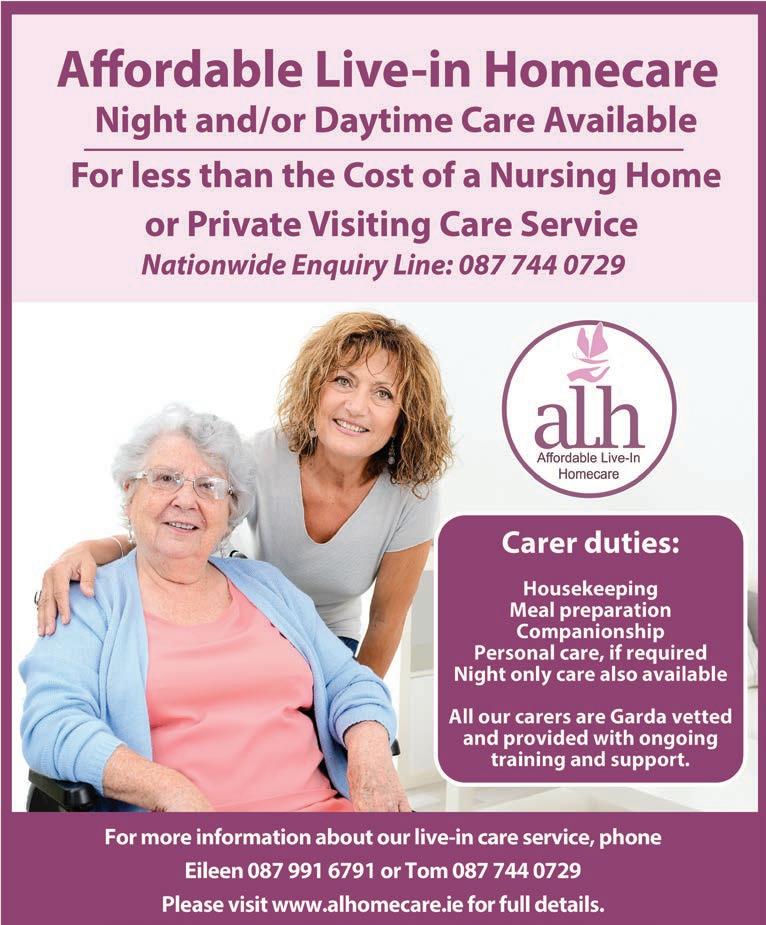
Revive and Go Immunity
CLAIR WHITTY
Let’s spring into action and support the immune system. A healthy diet and digestive system will help, but stress, lack of sleep, a highly processed diet, and inadequate rest will put strain on it.
Antioxidants like vitamin C, E, Beta Carotene, and Selenium are found naturally in food. ey assist in protecting the cells in your body from damage and help support the immune system. Fruit and vegetables have antioxidants in varying quantities. Oranges, kiwis, and berries like cherries, blueberries, strawberries, raspberries, goji berries, and cranberries are good sources of antioxidants. A variety of vegetables like broccoli, kale, and spinach and the brightly coloured carrots and peppers are all sources of antioxidants. Brazil nuts are a source of selenium, three a day is a good addition to your diet. Bee Pollen is an interesting food that is a source of amino acids and antioxidants. I nd it good for a boost of energy. You can simply eat it from the spoon or add to yoghurts or breakfast cereal. Omega 3 fats are important to support immunity. Choose oily sh, sh oil, or good quality plant oils like walnut, ax, or hemp. Have a variety of spices especially turmeric and ginger.
Top supplements to support immunity can include Echinacea which has been traditionally used for colds and u. Plus Vitamin D, Beta Glucans, and antioxidants like Vitamin C and Zinc. You may have some of these supplements in your cupboards. If you do, start taking them. One Nutrition Revive and Go Immunity is a supplement I told you about last year. is is worth taking now to put a pep in your step. It contains 10mg of zinc, and 850mg of micro-encapsulated vitamin C which allows rapid absorption and retention of vitamin C. Revive & Go is designed to help support your energy, help reduce tiredness, and for immunity support. It’s gentle on the stomach and is not only gluten & dairy free, but vegan too.
Don’t forget your gut. Stress and antibiotics can deplete your friendly gut bacteria. Fermented foods like kimchi, sauerkraut, and ke r are great for the gut. Or take Udo’s Super 8 Immune, this is a hi-count microbiotic blend with 42 billion friendly bacteria per capsule, plus vitamin C.
Look after yourself and support your immunes system.

Shop online at www. naturalhealthstore.ie where you’ll be able to take a look at these brands. Natural Health Store, Market Cross Shopping Centre Phone: 056 7764538 Email: info@naturalhealthstore.ie
A guide to farming succession
By Marty Murphy, Head of Tax at ifac
-------------------------When one thinks of succession, one is looking at transferring over the business to the next generation. A complication to succession is the emergence of the farming company and the issues it brings up. ere are four options available as follows: 1 Transfer your business during your lifetime. 2 Wait until you pass away and transfer it by Will. 3 Sell your business to a third party. 4 Redeem your shares in the company/pass over the company. e reliefs available to the ordinary farmer are very well known in that everyone talks about Stamp Duty Relief for the Young Trained Farmer, Agricultural Relief on the transfer of assets, and Capital Gains Tax Retirement Relief for the individual.
Despite common misconceptions, reliefs are available for those who trade through a limited company, but they are complex, and some may not be available unless properly planned for. e big di erence is that the company now owns the stock, machinery, and maybe even land. e shares in the company derive their value from these assets, and one is not looking at individual assets in the company but looking at the shares.
If land is owned outside the company, this is added into the mix and complicates the transfer, but with a suite of reliefs similar to that of individuals, the overall tax liability can be mitigated.
Instead of Agricultural Relief being available, a combination of Agricultural Relief/ Business Relief may be available.
Shares in the company do not qualify for Agricultural Relief but may qualify for Business Relief. Business Relief reduces the value of the asset by 90%, similar to agricultural relief, and thus one is only taxed on 10% of the value of the shares.
One must transfer the trading business to avail of the relief.
If investments have been acquired through a company, the part attributable to the investments will not qualify for the relief.
Restructuring the company may bring about the farmer getting relief and non-farming children taking over a new investment entity.
Relief from Capital Gains Tax is no di erent to an individual relief, and is available on the value of the shares passing, providing one meets the conditions of the relief. e main conditions are: • Over 55 • Owned the shares for 10 years • Been a full-time director for 5 of those 10 years • It is a trading company.
erefore the same reliefs apply to a company shareholder as to an individual, but more complex planning may be necessary. e one with the largest divergence in how it is treated is Stamp Duty. Young-trained farmer relief does not apply to the shares in the company.
Duty is payable at 1% on the value of the shares.
It may a ect the ability to get a Young-trained farmer exemption on land if trading through a company.
With planning and a review of the structure, it may be possible to minimise the impact. If one fails to get the relief, as long as consanguinity relief remains at 1% of the value of the land being transferred, then, while costly, it may not be a deal breaker.
A common misconception is that if land is bought through the company, one must extract the land to pass it on. One is passing on the shares in the company, which owns all the assets in the company and thus, there is no need to extract the land at all. What about a build-up of cash within the company, and you want to exit and get access to some or all of the cash? With proper planning and nancial advice, several options exist to get the cash out in a tax-e cient manner on exiting /retiring:
• Payment in pension • Tax-free termination payment • Company buyback of shares • Sale of an asset to the company. is can happen whilst still involved.
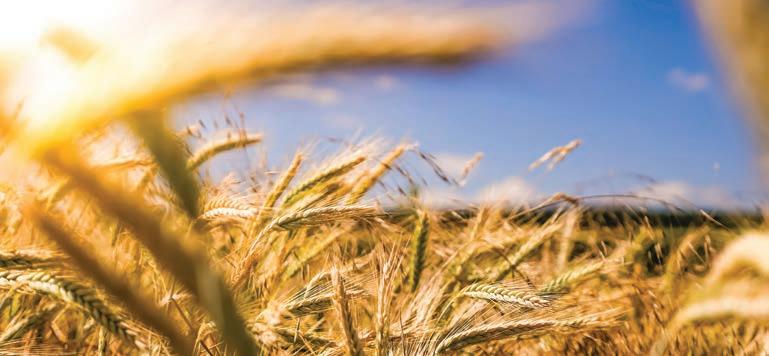
They’ve got their designs set on you...
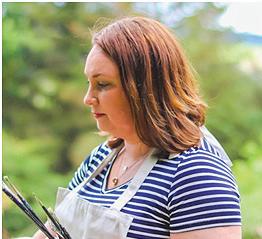
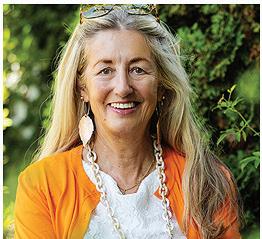


Showcasing: from left, Geraldine Walsh of Geraldine Walsh Art; Anne Healy of Biddy’s Good Luck Horse Shoes; Kristina Belejova of Amalka Design; and Cait Mackey Maher of Yellow Deer Designs Some of Kilkenny’s best up-and-coming craft and design businesses will be part of over 100 companies from across Ireland who will get a chance to meet with buyers from all over the world as part of the Local Enterprise Showcase at the Showcase 2023 event in the RDS, running from Sunday, January22 ro Tuesday 24th. An initiative of the Local Enterprise O ces, the Local Enterprise Showcase, is a special area at Showcase that houses a range of Ireland’s newest design talent. Participating for the rst time will be Geraldine Walsh, Geraldine Walsh Art displaying her original oil paintings, ne art prints and cards; Anne Healy, Biddy’s Good Luck Horse Shoes, a business creating good luck gifts for all occasions from genuine horseshoes and Kristina Belejova, Amalka a linen brand with elegant clothing for everyday wear and for special occasions. Following a successful year, Cait Mackey Maher with her award winning, greeting card business Yellow Deer Designs will be participating for the second year in row. e Local Enterprise O ce Kilkenny has been working with these clients on merchandising for their stands, marketing, and sales techniques to ensure they maximise opportunities at the three-day event. Showcase is presented on behalf of Design & Crafts Council Ireland, with support from Enterprise Ireland in promoting the trade show internationally through their network of o ces overseas, and the Local Enterprise O ces nationwide. Other participants from County Kilkenny at Showcase 2023 will include Nicholas Mosse, Jerpoint Glass Studio, Dominka Stoppa, Kilkenny Silver and DFM Clothing.
When the night time is the right time
With the aim of creating a night time economy both locally and nationally, the Arts Council recently brought artists and arts organisations together for the first annual Night-Time Economy Forum. Designed to bring together a range of international, national and local perspectives on trends and initiatives relating to arts and the night-time economy, the gathering on Tuesday, January 17 was the first of what will be an annual event.
The Arts Council’s goal is to enable arts and cultural event spaces to develop new programmes and initiatives for late night events. The arts play a significant role in Ireland’s nighttime economy — nowhere more so than in Kilkenny City — and to develop this further the council seeks to facilitate arts and cultural spaces to work together and facilitate more use of publicly-owned cultural buildings and heritage sites for events. The forum was attended by nearly 300 people who heard insights from other European cities and towns about opportunities for innovation. The benefits to both the arts and culture community and to the wider night-time economy was discussed as was the positive impact on audiences and audience development. The Arts Council is a member of the of the Night-Time Economy Taskforce, established by Minister for Tourism, Culture, Arts, Gaeltacht, Sport and Media, Catherine Martin in July 2020. It affords an opportunity for relevant stakeholders from across the night-time culture sector to develop an innovative approach to supporting and developing a vibrant, diverse, and sustainable nighttime economy in Ireland.
A €10,000 bursary now for students of renewable energy
Applications have opened for the Niamh Burke Memorial Bursary, which will award a total of €10,000 to students pursuing studies linked to climate action and renewable energy in Ireland.
Candidates can apply for the bursary until ursday, March 2 at 5pm at https:// www.surveymonkey.com/r/ Bur2023 e bursary was established by leading law rm Arthur Cox, in memory of their former colleague and Arthur Cox partner, Niamh Burke, who played a signi cant role in the development of the Irish wind energy sector and advised on some of Ireland’s largest, energy, infrastructure and construction projects.
All relevant disciplines are open for consideration including law, economics, engineering, policy, science, planning and others. It is open to students planning to study in these or related elds in Ireland, at postgraduate level in 2023.If more than one person is selected, the bursary monies will be split between applicants. e bursary was launched in 2020 and has already helped six people with their studies. It is funded to o er opportunities to a new generation of renewable energy experts.
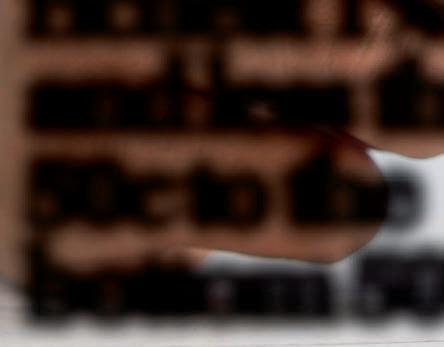
e number of Irish people with individual wealth of over €46.6m has more than doubled over the last decade, according to an Oxfam Ireland study.
However for every €93.15 of wealth created in the last 10 years, €31.67 has gone to the richest 1% and less than 50c to the bottom 50%. e charity today publishes a report, saying that for the rst time in a quarter of a century: “ e rich are getting richer, while the poor are getting poorer.”
It is calling on the Government to apply a wealth tax on elite Irish wealth at graduated rates of 2, 3 and 5% above a high threshold of €4.7m.
Such a levy would raise €8.2bn annually and create a potential to “transform Irish public services in health, housing and education while also delivering on our international and climate commitments”.
According to the Forbes World’s Billionaires List 2022, the late Indian-Irish tycoon Pallonji Mistry was the richest person in Ireland last year with a net worth of more than $15bn (€13.9bn).
Mr Mistry, who died at the age of 93 last June, controlled Mumbai-based engineering and construction company, the Shapoorji Pallonji Group.
Second on the Irish list were brothers John and Patrick Collison, from Limerick, who co-founded payments company Stripe.
Patrick Collison won the Young Scientist competition in 2005 at 16. He later moved to the US and in 2008 sold his rst software company, Auctomatic, founded with his younger brother, for €3m. According to the Forbes list both men had a net worth of more than $9.5bn (€8.7bn) each in 2022.
While the two richest Irish slots on the Forbes list show examples of success achieved


through entrepreneurship, the charity’s study, Survival of the Richest, has revealed “staggering inequalities” in Ireland’s wealth distribution.
Oxfam Ireland is highlighting the issue as the globe’s most powerful gather in Davos in Switzerland for the World Economic Forum.
According to the study, there are eight billionaires in Ireland, 1,435 individuals worth €47m and 20,575 individuals worth more than € 4.7m. e number of Irish people with individual wealth of more than €46.6m has more than doubled between 2012 and 2022, rising from 655 to 1,435 people. e richest 1% have gained 63 times more wealth than the bottom 50% in the last 10 years. e richest 1% also have 27% of wealth while the bottom own just 1.1%.
Wealth accumulation had come “on top of a decade of unprecedented gains for the super-rich,” the report said.
Oxfam Ireland CEO Jim Clarken said: “ is rising wealth at the top and rising poverty for the rest are two sides of the same coin, proof that our economic system is functioning exactly how the rich and powerful designed it to.
“As crisis after crisis hits the poorest people hardest, it’s time for governments, including Ireland’s, to tax the rich.”
Meanwhile, in support of its call for a global redistribution of wealth, Oxfam said that food and energy companies had more than doubled their pro ts in 2022, paying out € 23obn to wealthy shareholders at a time when more than 800 million people globally were going hungry.
Only four cent in every euro or dollar of tax revenue came from wealth taxes, and half the world’s billionaires lived in countries with no inheritance tax on money they give to their children.
A tax of up to 5% on the world’s multimillionaires and billionaires could raise €1.5 trillion a year, enough to lift two billion people out of poverty, and fund a global plan to end hunger.
In a foreword to the report, Colombia’s Finance Minister José Antonio Ocampo said: “Taxing the wealthiest is no longer an option – it’s a must. Global inequality has exploded, and there is no better way to tackle inequality than by redistributing wealth.
“Fairness is at the heart of Colombia’s tax reforms. Concretely, this means a new wealth tax, higher taxes for high-income earners and large corporations reaping extraordinary pro ts in international markets, and ending tax incentives that exist without clear social or environmental justi cation,” he said.
“We are also implementing digital services taxes and adopting a corporate minimum tax rate, building on the international tax deal,.”
See also Global Report, Page 22
HSE: trolley chaos to continue for years
e HSE has warned that hospital patients are facing into more years of trolley chaos with serious are-ups expected in winters to come.
With weeks of overcrowding yet to endure, as high levels of u slowly recede, the prospect looms of further winters of patients forced to wait days for a bed.
HSE Chief Executive Stephen Mulvany warned that the health service was playing “catch-up” and said: “It is going to be a number of years where, particularly at winter time, we are going to have a level of additional pressure on the system.
“ at pressure will be measured by many people on trolleys and surge beds, an unfortunate reality.” e ‘catch-up’ is needed because of the growth in population, the increasing number of over-75s, and the pace at which the HSE can deliver extra beds and alleviation measures.
Mr Mulvany was appearing with health o cials before the Oireachtas Health Committee where he was questioned about the HSE’s handling and preparation for this winter’s worst trolley crisis on record.
Committee Chairman Seán Crowe told HSE o cials he did not want to go to an emergency department when he was ill and that this reluctance almost cost him his life. e Sinn Féin TD saidd that. if he had not attended, his life-threatening sepsis would not have been discovered. “I have concern that people who are really sick will not go to A&E,” Mr Crowe said. “I was one of those people. I had sepsis. I did not know I had sepsis but only I went to the A&E, I would not be here today.”
Sepsis is a medical emergency triggered by infection or injury and requires early treatment.
Mr Crowe said he accepted the HSE was met with a perfect storm of huge levels of viruses circulating.
He acknowledged that some hospitals faced something approaching a war zone. However, he pointed out that public frustration centred on why the crisis wasn’t planned for.
“A lot of people are saying, ‘what is a good time to get sick?’,” he said, outlining how di cult it can be to even get a GP appointment.
Mr Mulvany said it was not sustainable to ask sta to work longer than their contracted hours, as happened in recent weeks. is was done in the interests of patient safety. e HSE only asked people to consider options other than going to an ED in times of “signi cant” patient-safety concern.
“ e message is only given when we look at what is happening in the emergency department and we have to spread the load across the whole system,” he said.
Asked if he believed people had died due to the hospital overcrowding crisis, he said he could not be certain
However, he pointed to research showing an association between increased risk of patient death and the delay in patients getting the correct care.
